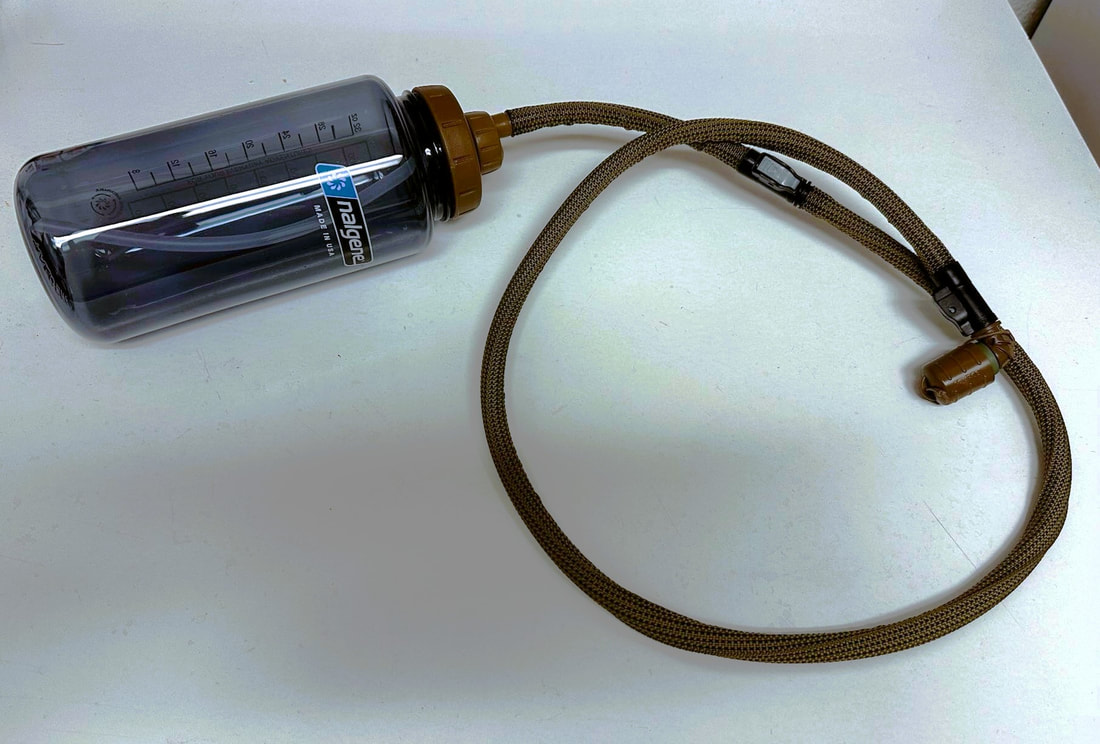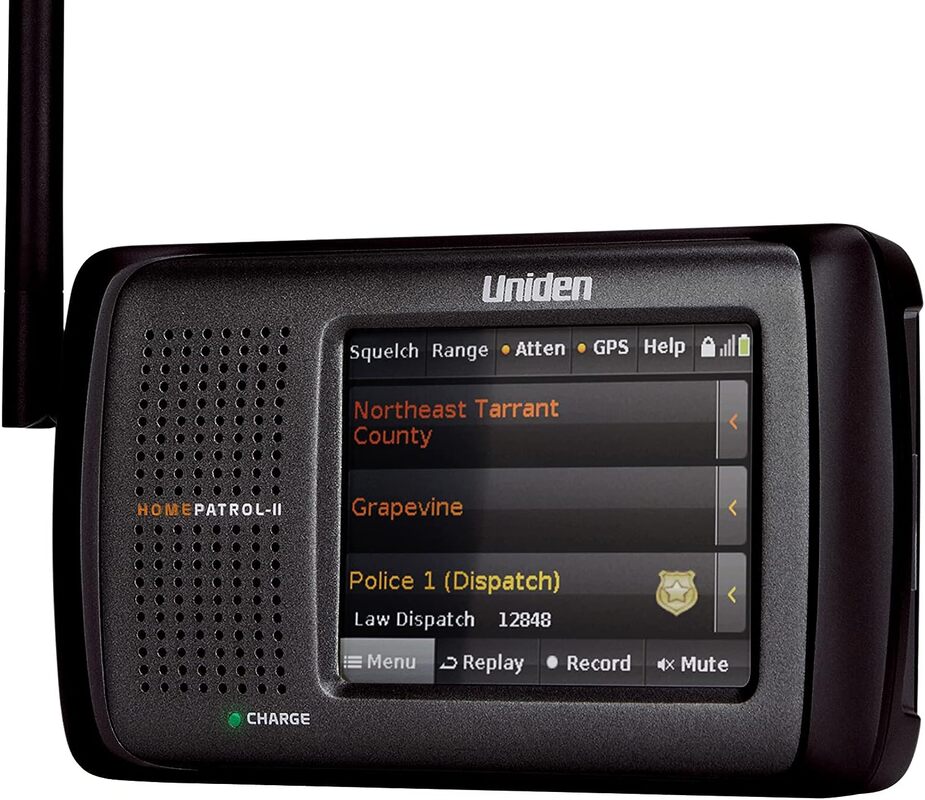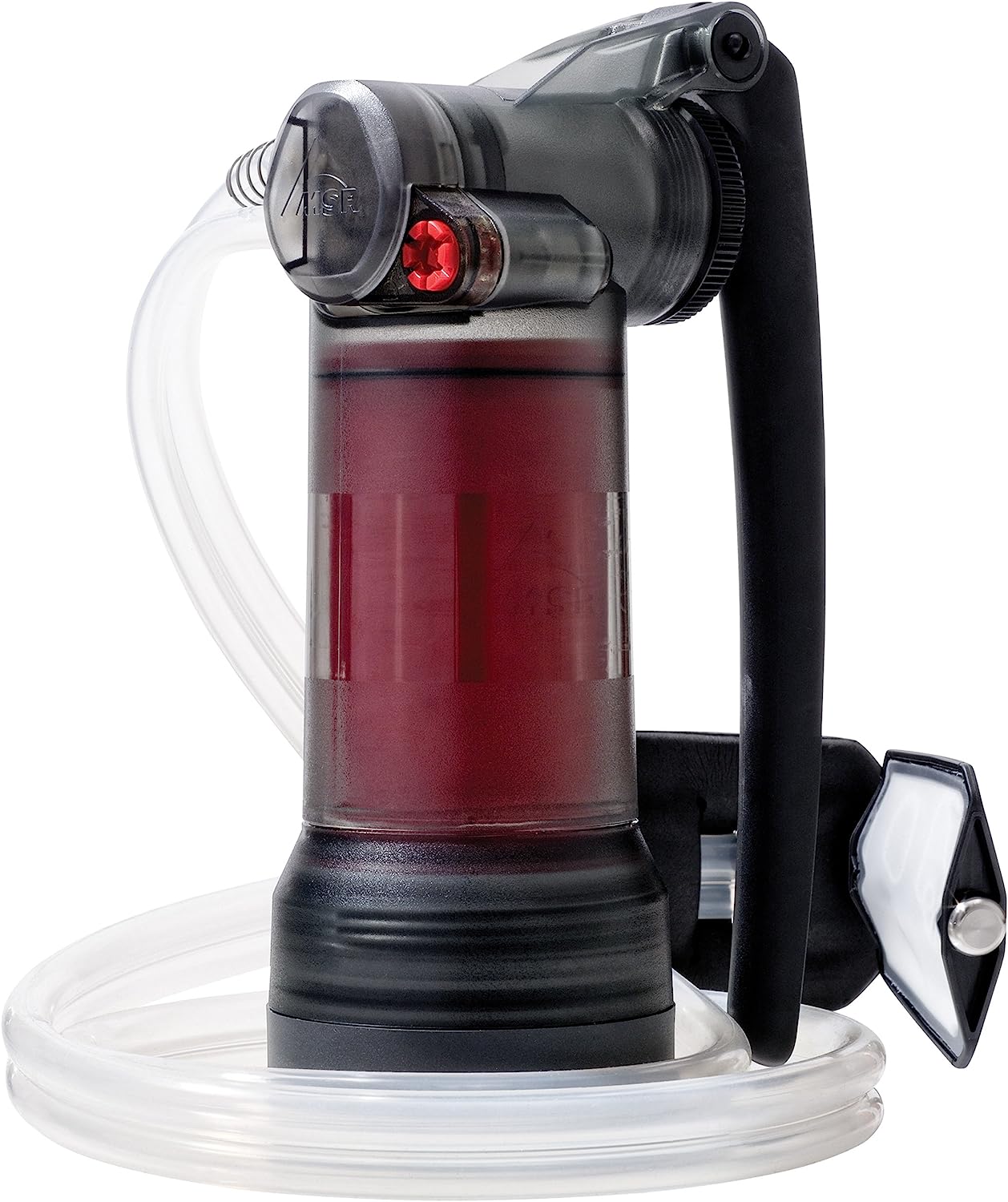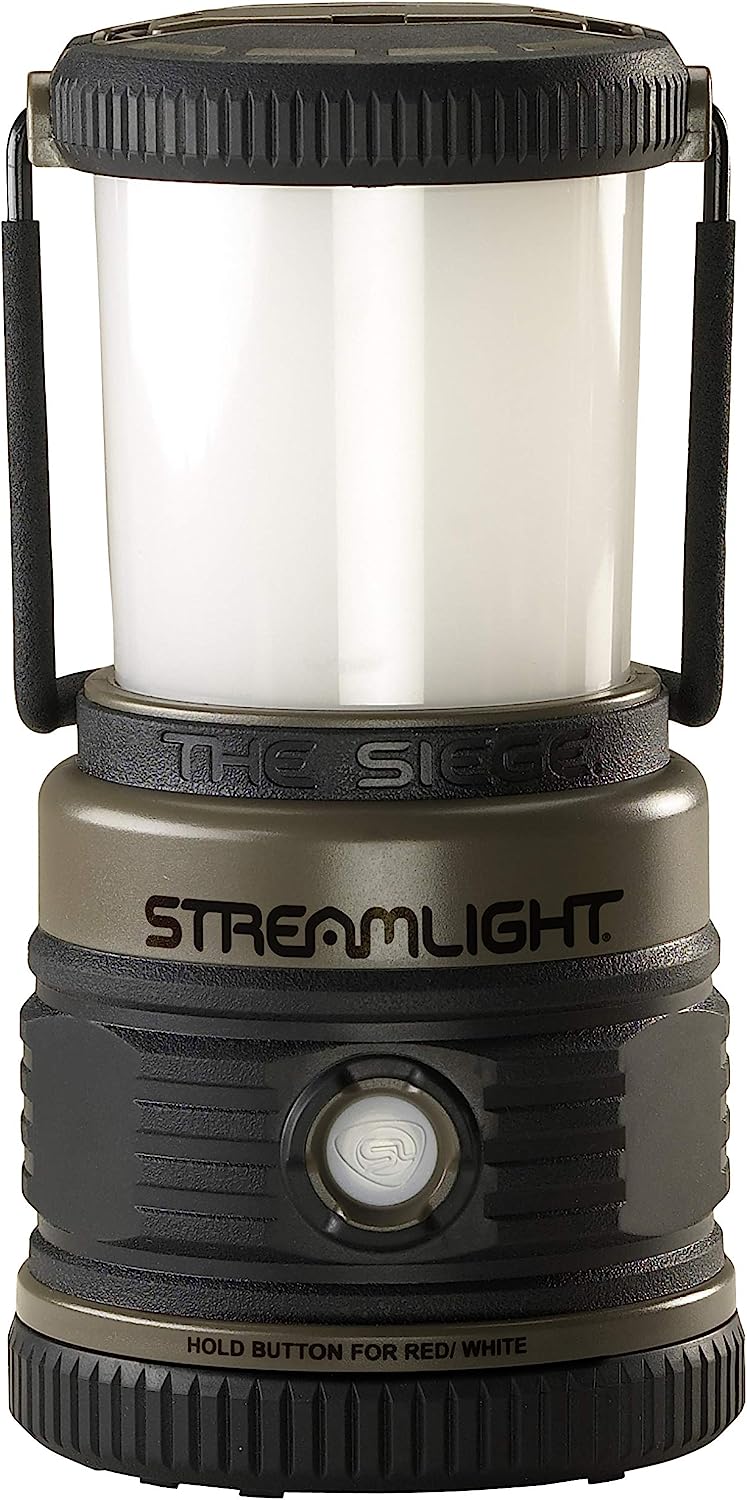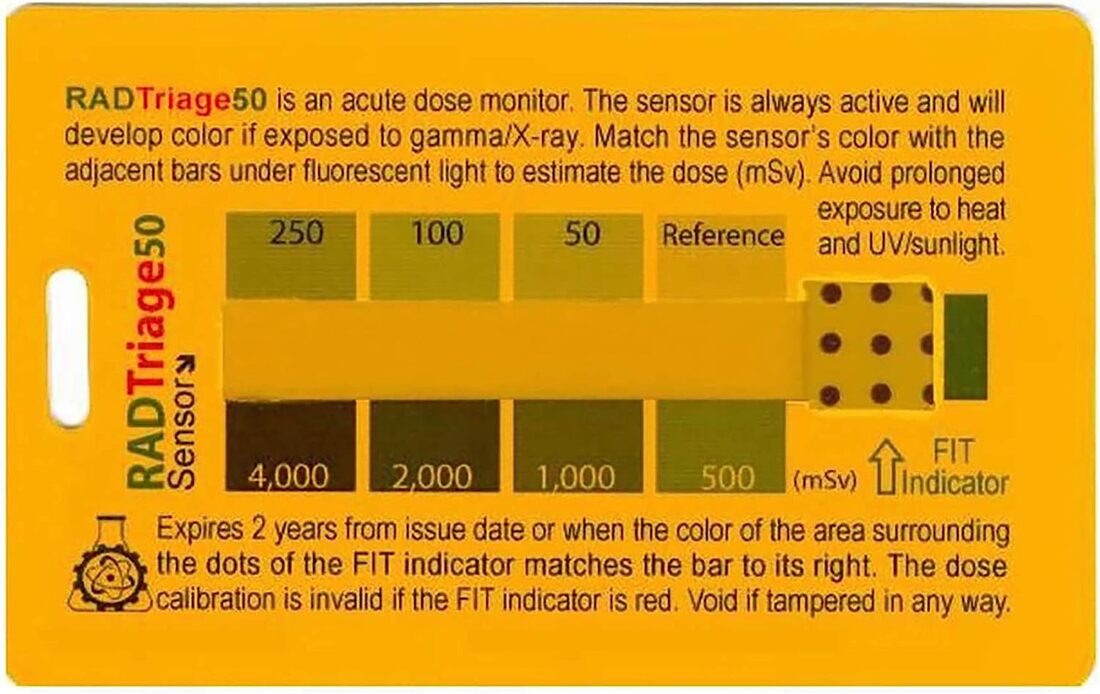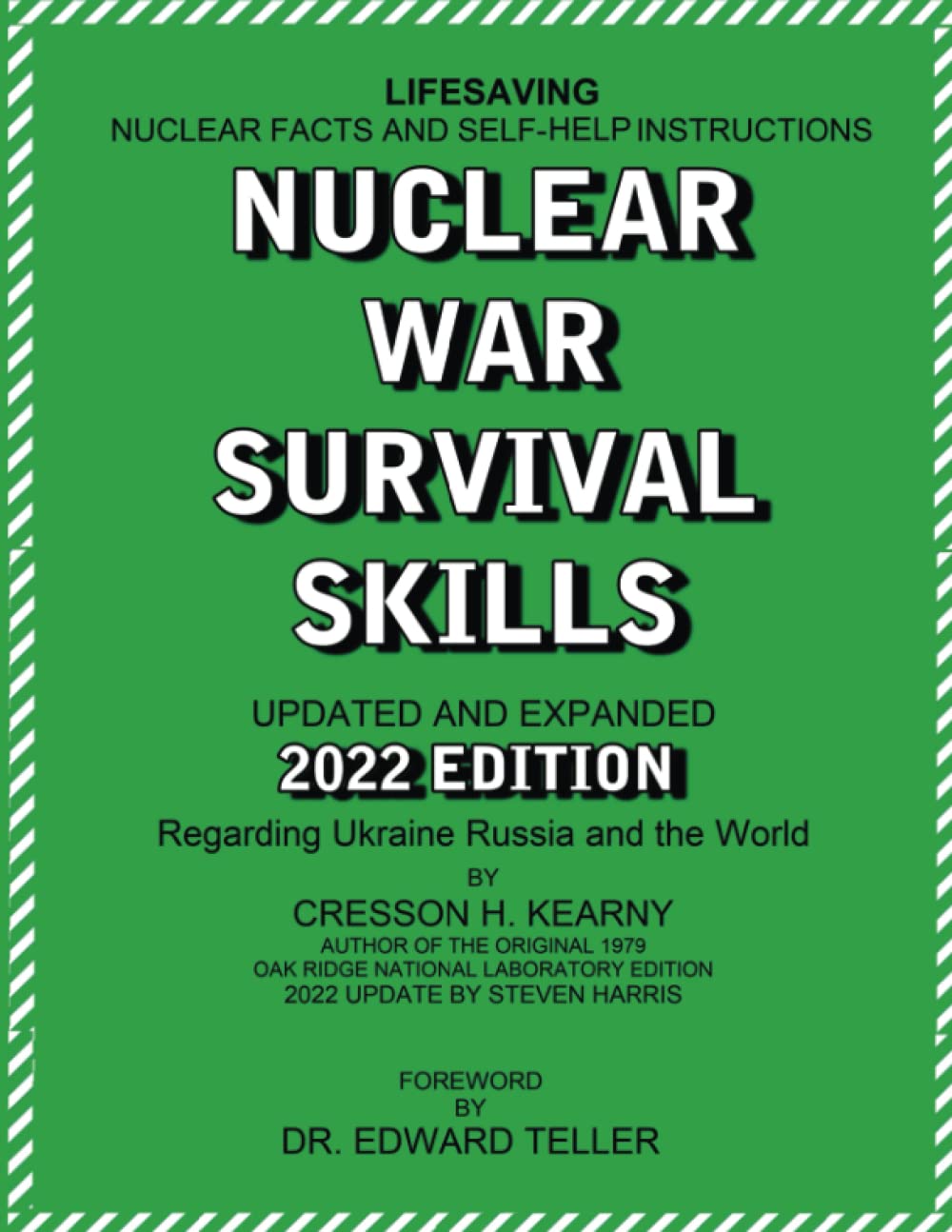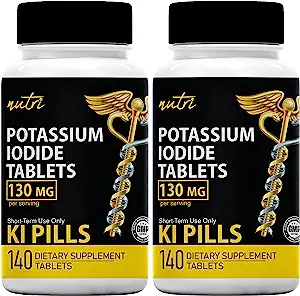|
Recently, I was asked what I would recommend for someone’s first guns. I immediately said a polymer framed, semi-automatic striker-fired pistol that is neither a full-size “service” pistol or a subcompact “pocket” pistol and an AR-15 style rifle, in that order. Why? Purchasing a pistol first immediately takes care of the self-defense need, which is most pressing. Most self-defense shootings, end of the world or not, will take place at distances where a pistol is perfectly adequate. For novices, pistols can be less intimidating to shoot (perceived recoil issues) and easier to learn. They require less accessorizing and can be stored more easily than a long gun. The AR-15 is the world’s standard of modern semi-automatic rifles. It works as a home defense weapon (better than a shotgun), can be your zombie-apocalypse/civil war gun, and is often used for hunting. HandgunsNote that the term “pistol” includes any handgun, including revolvers or semi-automatics. Why not a full-size “service” pistol or a subcompact “pocket” pistol? Most people who expect to fight for their lives should have a larger pistol that has the capacity for a semi-sustained fight. A larger gun makes it easier to control and reduces felt recoil, which is important for a novice. The last thing a “newbie” should have is a small gun that hurts their hand. That being said, the best gun is the one you will actually shoot and carry, so a smaller gun (a subcompact) like a Glock 43 or Ruger LCP is something you might have on a daily basis when a mugging occurs. Usually, a few shots are enough to end the encounter. So revolvers for daily carry aren’t a bad choice. Unfortunately, learning on these guns might be intimidating due to potentially greater recoil and less controllability because of their size. That’s why I suggest small guns be purchased after a new shooter is comfortable and competent. The biggest issue new shooters seem to have is a gun they can’t manage. Either it’s a Desert Eagle that’s grossly overpowered or a too-small gun they don’t shoot because after five rounds of .357 Magnum their palm stings too much. For this reason, revolvers are poor choices for a first gun. They’re relatively heavy, have lower capacity, are less-intuitive to load quickly, and the triggers aren’t newbie-friendly. Some recommend women and elderly shooters carry revolvers because there is no slide to cock. Well can the shooter manipulate the cylinder and do they have the hand strength to pull a 12lb double-action trigger, or can they reach the hammer to manually cock/de-cock it? There’s no safe hammer-drop lever on a revolver. As for actions, a semi-automatic handgun should be striker fired. These have no external hammer and are cocked when the slide is cycled. They fire when you pull the trigger, so there is no preparation to fire necessary unless the gun comes with a manual thumb safety. Despite often not having external safety switches, these are safe guns that will not fire on their own unless you violate a safety rule. Most have a trigger safety device that will not allow the trigger to move, and thus release the firing pin, unless you deliberately pull the trigger. However, many models have thumb safety variants. Older firearm designs, including revolvers and some semi-auto pistols, are hammer fired. Single action is when the hammer must be cocked before the trigger can fire the gun. Double action means that pulling the trigger also cocks the hammer before firing the gun. Pistols that can do both are often referred to as “DA/SA.” These guns will have a longer, heavier first pull and then subsequent trigger pulls are much lighter. For a novice, this requires learning two different trigger pulls to shoot accurately, which is an unnecessary complication today. So save these kinds of pistols for your second or third gun. A medium-framed gun (a Glock 19 for example) is not too small to hurt to shoot and most shooters can get their hands around the grip easily. It is lighter than it’s full-size brother the G17 and thus is easier to carry and conceal. Larger, heavier guns may be something that women, the elderly, and new shooters struck with, so a medium (sometimes a “compact”) pistol is the best balance between the two. There is a reason the G19 size is so popular. A polymer framed, semi-automatic striker-fired pistol is easier to load and fire than a metal framed gun. They’re also lighter too. A heavy gun that you don’t want to carry due to the weight won’t help you in a dangerous moment. The ideal gun is the gun that you will carry on a regular basis. Lighter and smaller isn’t always better because you may not be in a “belly gun” type fight at a few feet away. You may need greater capacity or the ability to take longer shots. Hence, I recommend staying away from “pocket pistols.” What caliber do I get? 9mm Luger (aka Parabellum). This is an ideal compromise between lightweight, small size, and power. A .45 may give new shooters trouble and is large enough to seriously reduce pistol capacity while making the gun heavy and thick. .40 caliber is an acceptable second to 9mm, but it is outdated and recoil will be sharper. 10mm is quite powerful, where as .380 and anything smaller isn’t powerful enough to be a primary cartridge. 9mm bullets of modern hollow-point design are perfectly adequate for self-defense. In the past, there were concerns that round-nosed bullets wouldn’t stop an assailant, but that is mostly apocryphal. These days, any 9mm defensive cartridge off the shelf will work. Since accuracy (head or chest) is what matters in stopping a threat, even full metal jacket range ammo will work well enough. Again, 9mm is the best balance between efficacy on target, recoil, and weight. Here are my specifications for first handgun: a polymer framed double stack pistol in 9mm. Note that “double stack” refers to a magazine (sometimes erroneously called a “clip”) where the cartridges (“bullets”) are in two staggered columns. This provides greater use of the available volume over a “single stack” where the cartridges are in a single row. Some new guns may use something in between but the key is that the standard magazine should not be less than 10 rounds. Bare minimum specs are:
Here are some examples of handguns in this category (not necessarily an endorsement):
This next category is a hybrid between compact and pocket pistols. These will be a little smaller than the guns above, making them less suitable for being a “sidearm” (hence you won’t see them in a cop’s holster). The smaller size and barrel length will make them less suitable for longer-ranged shots:
The standard (original) Smith and Wesson Shield series is an exception to the 10-round rule. These are physically larger pistols than some of the newest designs like the Sig P365, so capacity is less, but they may be easier for some shooters to grip. The Shield EZ series has been modified for those with weaker hand strength, such as women and the elderly, so that it is easier to cock and fire (using a grip safety). The Sig P365 can have its serialize trigger chassis swapped out at home for the XMacro or XL frames and slides for a larger gun. For sighting systems, the first gun should have traditional “iron” sights, ideally self-illuminating Tritium night sights. Lasers should not be used for aiming, but a rail-mounted flashlight is not a bad addition (though you might want to become a competent shooter before adding one). Avoid “red dot” optic sights on your first handgun. Optics can be added later and most modern designs already have the ability to mount one. Optic sights are great, but learning to shoot for the first time on them alone is a crutch that will cause harm. Learning traditional sights will allow you to use virtually all handguns. Learning basic handgun shooting only with a red dot is like learning to drive only automatic transmissions in the 1950s; there’s gonna be a lot of cars you simply can’t drive. The two sighting systems require different methods of presentation that do not translate over to one another. A red dot is difficult to acquire because the small aperture provides a limited field of view which is exacerbated by the distance from the eye. Without extensive practice, the need for proper alignment every time (from the draw) will result in the shooter subtly moving the pistol around "hunting" for the red dot. Thus, practice drawing and obtaining a correct sight picture requires a lot of repetition for competency. For carrying, purchase two holsters: one suitable for concealed carry and one suitable for open carry. For the latter, you’ll mainly use this one at the range or if the world ends when having a shirt in the way will be a hindrance. Any exposed holster needs positive retention, like a thumb release or a thumb strap. Concealed carry holsters need to be made of a solid, inflexible material that covers the trigger guard so nothing can inadvertently contact the trigger while holstering. Never carry a gun without a holsters (i.e. stuffed behind your belt). Purchase a suitable supply of magazines. You will want to have an extra in a gunfight an a lot more if the world ends. Your gun will come with either two or three in the box, but I would suggest having a minimum six. This will allow spares if you drop one in a fight, it fails, or the world ends, plus you won’t have to stop shooting on the range as often to reload. RiflesFor a long gun, an AR-15 variant is the way to go. They are ergonomic, capable of rapid repeat shots, often more compact than most shotguns, light recoiling, can be budget friendly, and are deadly. The AR-15 is the most common rifle in the US and one of the most produced firearms ever because it is lightweight, reliable, effective, and ergonomic. In fact, the innovations created by designer Eugene Stoner in his AR-10/15 and AR-16/18 series of rifles are what most western modern semi-automatic designs incorporate to form their most basic configuration. The is a reason so many modern rifles imitate Stoner’s designs. Parts are prevalent and their manufacture is so prolific that they can be super cheap. Palmetto State Armory sells rifle packages that can go for about $500 and will completely equip someone with gun, scope, magazines, and ammo. The upper and lower receivers can be easily swapped out and parts accessorized to create more suitable weapons. Capable out to 400 yards, their cartridge will incapacitate man and most deer-sized game. The 5.56mm/.223 bullet is actually less likely to over-penetrate indoors and hit an innocent victim. Recoil is light and the weapon controllable. The controls are easily manipulated with one hand for the most part and the fire selector falls right under the thumb. The ergonomics has been copied or derived from by nearly every modern design. The 5.56mm caliber is NATO standard and similarly sized cartridges have been adopted by China and Russia. They are not unreliable. Reliability issues from Vietnam were due to the Army changing the powder specifications, for which the rifle was not tuned for, and a failure of soldiers to clean their M16s which were billed incorrectly as “self-cleaning.” ARs do not jam up more easily in dusty/muddy conditions than other weapons; in fact, their closed-up design and ejection port cover anecdotally makes them more reliable than other rifles. For a first-time, I don’t recommend assembling your own AR. Buy a complete rifle, both upper and lower. Once you become familiar with it, you can customize it and “build” your own at home. Unless you are an experienced garage gunsmith, don’t take the chance the gun your life may depend on might have an odd failure. Use a factory weapon. Ballistically speaking, for most applications a barrel length 10 inches or longer will be fine, but the AR-15 was designed to work best with a 20-inch barrel and 16 inches is the standard. Federal law (the National Firearms Act or NFA) requires rifle barrels to be 16 inches or more long, otherwise, they are short-barrel rifles that require a special background check and $200 tax. If you want to go this route, fine, but make sure you do this with a second rifle because the wait can be months to over a year for approval. 16 inches is a fine compromise. To get around this, stock-less “pistols” or with ersatz “braces” (which are-but-aren’t legally stocks-it’s complicated) were sold. I recommend avoiding AR “pistols” even with braces due to ongoing litigation challenging an ATF regulation which may make certain configurations illegal. While there is nothing fundamentally wrong with these weapons, for a novice it would be best to steer clear of potentially committing a federal crime. For ammo choice, opinions vary. Test whatever you intend to use for self-defense first to ensure it feeds and fires. M193 55gr 5.56mm is perfectly adequate for self-defense. M855 “green tip” 62gr 5.56 is preferred for some for its armor penetrating capabilities, but it is not a magic cartridge that will slice through armor. Heavier weights like 75gr and 77gr are preferred for self-defense applications. In any case, all of the above ammo will be sufficient to kill. Be sure to buy 500-1000 rounds and half a dozen magazines; the more the better. Be sure to buy a red dot sight if your weapon doesn’t come with one; it make shooting a rifle so much easier than iron sights. Brands may vary, but expect to pay at least $199 for a quality unmagnified optic. Learn to shoot unmagnified before moving to magnified and also note the red dot pistol caveats above do not apply to rifles. Why not shotguns?Shotguns are heavy, often cumbersome, slow to reload, and low-capacity. The recoil of defensive rounds (slugs and buckshot) is often too much for many shooters. The sound of a racking slide does not automatically scare off burglars. They are not point-and-shoot weapons that “you don’t even have to aim.” Do not take Joe Biden’s advice about shooting one up in the air.
While perfectly adequate inside the home, shotguns lack range outdoors, often being effective out to about 60 yards even with slugs. Now with proper sights, slugs, and a good shooter they can reach out to 100-150 yards under perfect conditions, they aren’t terrible, an AR is a better choice. ARs are just as maneuverable indoors as a shotgun but reload faster via a box magazine and have greater capacity. Shotguns can be great, but they are just too much of a compromise in a world where we have better choices available. Comments are closed.
|
Author Don ShiftDon Shift is a veteran of the Ventura County Sheriff's Office and avid fan of post-apocalyptic literature and film who has pushed a black and white for a mile or two. He is a student of disasters, history, and current events. Archives
May 2024
Categories
All
As an Amazon Associate I earn from qualifying purchases.
|
 RSS Feed
RSS Feed
